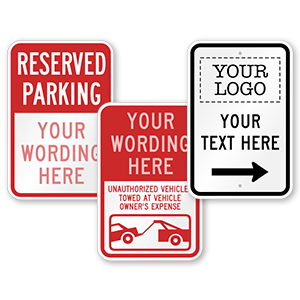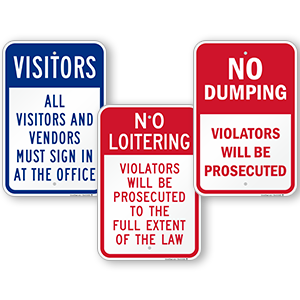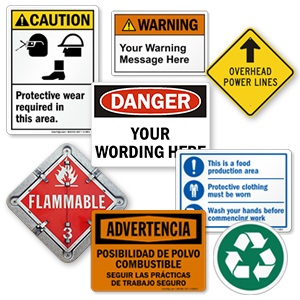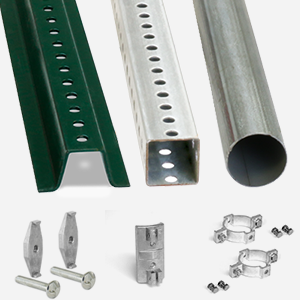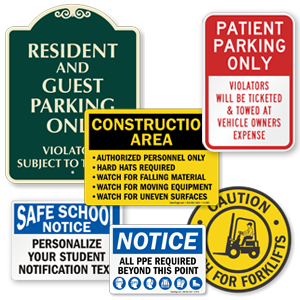The Days That Follow: For 9/11 Victims, the Dust Never Settles
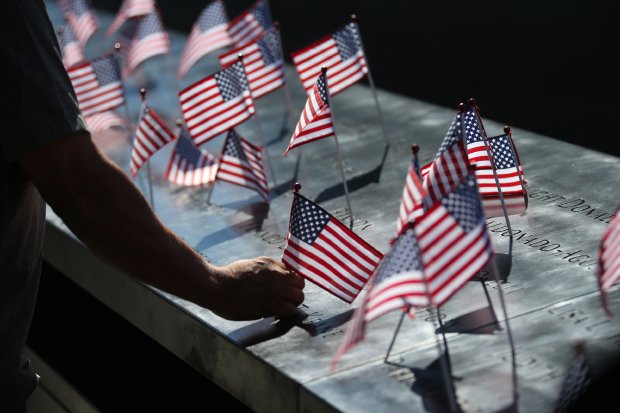
A man steadies a falling flag during the 11th anniversary of the September 11th terrorist attacks. (Photo by The New York Times, Chang W. Lee)
9/14/2012 — This year, the 9/11 anniversary entered its teens to little fanfare. NBC cut its annual moment of silence, the Today Show interviewed a Kardashian rather than show live footage of the memorial, and both the front pages of the New York Times and New York Post lacked any mention of the event at all. But it’s not just the media’s attention that has been wandering; the whole nation seems to be looking ahead. A new study shows that 70% of Americans agree with this statement: “I have moved on from the events of Sept. 11th.”
Despite this new attitude, we have not seen the last of 9/11’s aftershocks. Serious health repercussions plague first responders, private clean-up crews, area workers and residents. There are even risks of new exposure; hazardous materials have likely settled in the neglected corners of Manhattan’s buildings. The fact is, those plumes of dark ash that blanketed New York City back in 2001, seared into the memory of world-wide audience, have not finished claiming their victims. It means there’s still work to be done.
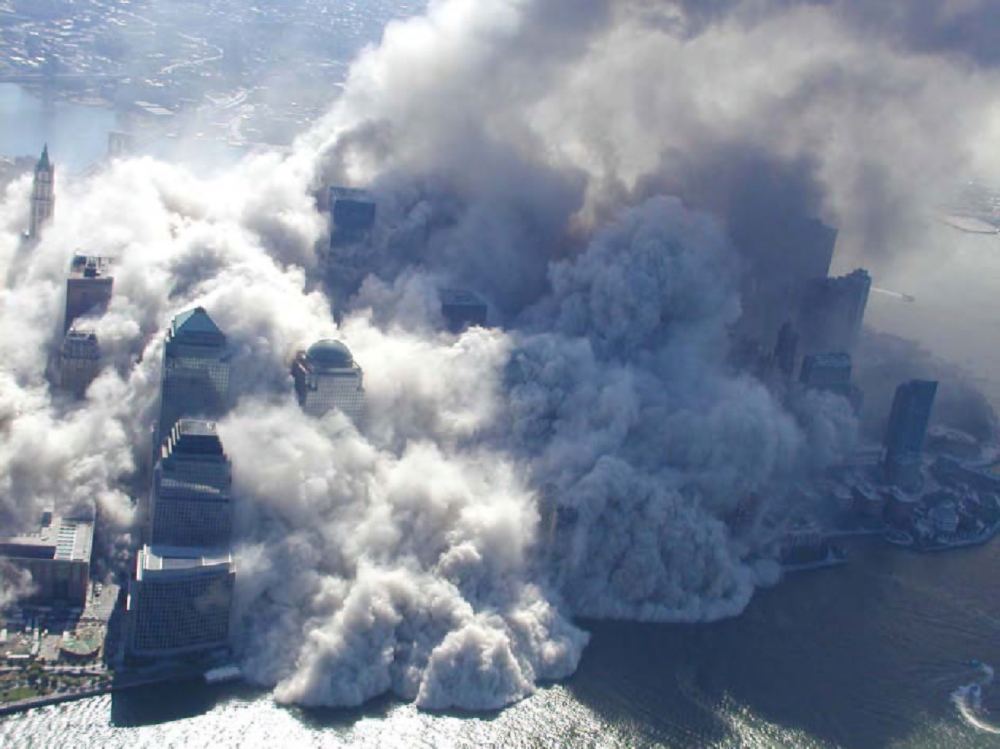
Dust, debris, and asbestos engulfed lower Manhattan after the 9/11/01 attacks, leaving a three inch covering of dust as far as six blocks from Ground Zero. (Photo via 9-11 Research)
When the World Trade Center fell, hazardous emissions of carcinogenic chemicals, caustic dust, asbestos, and lead settled as far as Chinatown and Brooklyn. This dust contained three vaporized towers, composed of concrete, gypsum, steel, and glass. This dust also contained the contents of the buildings, their computers, fluorescents, cables, stored fuel and nylon carpeting. As of 2009, 20,000 people were treated in the public sector alone for sicknesses caused by breathing, swallowing, or absorbing these emissions. This figure does not include the thousands who opted for private care, the undiagnosed, and of course, those who may be affected by residue in the future.
When we think of those who are ailing, first-responders often come to mind. Their situation feels all the more tragic when we consider the heroism that cost them their health (though in return, saved many lives). For those who bravely ran into the toxic dust rather than away, there was good news this week. The National Institute for Occupational Safety (NIOS) announced on Monday that 50 types of cancer will now be covered by the free health care program set up for the 70,000 emergency service workers and other survivors of 9/11. It’s been a long time in coming, however; 1,000 deaths have already been caused by sickness from exposure, and 32% of first-responders are still likely to contract cancer from the emissions.
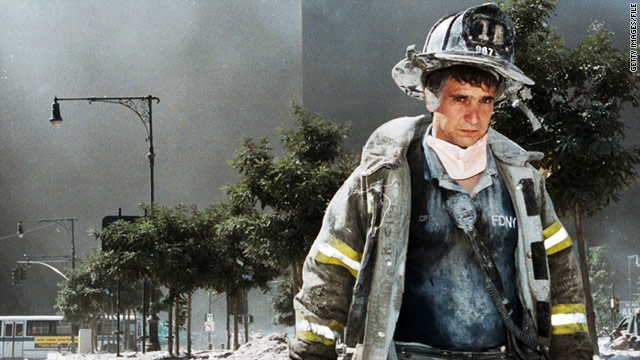
Until the NIOS announced this Monday that certain kinds of cancer would be covered for 9/11 survivors, first-responders had been denied financial help to combat their cancers. (Photo via Wild Fire Today)
First-responders and emergency service workers are not the only people affected by carcinogens spread by the collapse of the towers. Privately contracted clean-up crews, employees and residents of the area have also been subjected to the environmental poisons. According to a Sierra Club report, low-income workers, many of them immigrants, were privately hired to clean up the buildings and sidewalks of lower Manhattan. According to witnesses, these workers received inadequate protective equipment, placing them at significant health risk.
According to the same document, many small business owners struggled to convince their insurers to cover the costs of professional cleanup for their property. These businesses, along with any difficult-to-clean areas in local residencies, did not receive thorough attention and testing. Many ventilation systems, carpets, upholstery, or other porous materials are still contaminated.
The World Trade Center is rebuilt. (via EarthCam)
Because of this, future exposures to the carcinogens are possible. The Sierra Club interviewed Liam Horgan, an industrial hygienist with Assessment Resources & Technologies, who explained that “…(9/11 cleanup) requires professional, expert cleaning to remove contamination from fiber or porous material. In fact, sometimes it is safer to dispose of a contaminated carpet than to try and clean it.” Children in particular may be at a higher risk for future exposures, given their predilection for exploring unusual areas of a house. But disturbed dust could injure any person, given its lethal makeup.
Perhaps moving on and remembering can be accomplished simultaneously. That would mean completing the new towers on New York City’s skyline, and allowing our 9/11 coverage to dwindle as the years go by. Yet this also means making sure those whose health was affected by the tragedy have lifelong support, the information they need to protect themselves, and free, quality medical care.
– C. Stebbins



